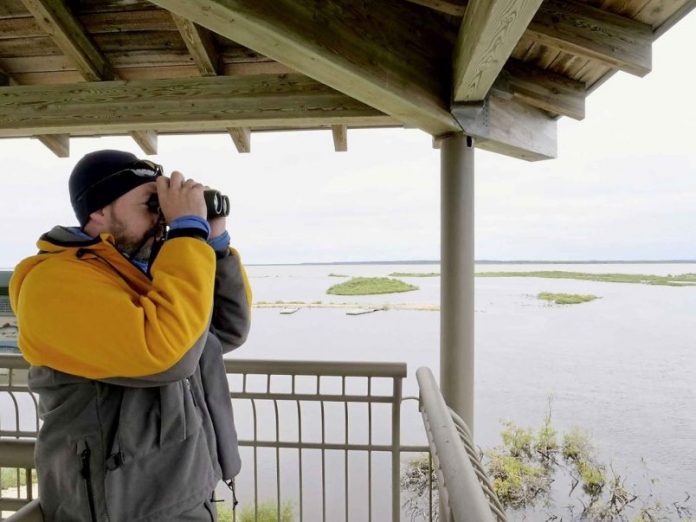A combination of tragic events, outrage and disagreement over conservation measures has, effectively, delivered a death sentence to orphaned polar bears cubs in the Churchill region.
In the early 2000s, before Churchill’s beloved part-time residents joined other poster animals threatened by the global climate crisis, headlines reporting polar bears performing in a travelling Mexican circus sparked outrage.
During the 1980s Manitoba exported about three dozen “problem bears” that returned annually to scavenge at Churchill’s garbage dump. They were relocated to zoos around the world, and three that had been sent to West Germany were sold to the circus, where they were poorly treated in the tropical heat, without air conditioning and places to swim.
The wretched conditions, public outcry and eventual rescue to U.S. facilities led to a seismic shift in how Manitoba officials dealt with the problem.
Polar bear cubs generally stay with their mothers for two to three years, but orphans are not uncommon and have extremely high mortality rates.
The province took on an expensive venture in partnership with the Born Free Foundation, a British conservation-oriented charity, that matched orphaned cubs with mothers in the wild already caring for another cub of a similar age.
“We do see natural adoptions at a low rate in the population, but under five per cent,” said Stephen Petersen, the director of conservation and research at Assiniboine Park Conservancy. “So the premise is good… but we’ve never seen any of those bears again in the records.”
Petersen said the results from the project left researchers and provincial authorities viewing the process as merely prolonging the inevitable starvation and death of the cub and it was deemed to be inhumane. The province then moved on to its next strategy, sending orphans to the Assiniboine Park Zoo.
In 2010 the province created the Leatherdale International Polar Bear Conservation Centre through an amendment to the Polar Bear Protection Act. While its staff pursue various conservation initiatives, the centre’s express purpose, as laid out in the legislation, is to care for orphaned and injured bears. The $4.5-million centre opened at the zoo in 2012.
“The initial idea, and the way that it was set up in the legislation, was that bears would come down to the LIPBCC, they would be transferred to life in human care,” Petersen said. “Then a permit would be issued for them to go to (the) Journey to Churchill (exhibit) or to another facility. But the intent was that these bears would be an ambassador for the species and Manitoba.”
To prevent a repeat of the Mexican circus fiasco, in this model, the province maintains ownership of the bears in perpetuity, similar to how China operates with regard to its pandas.
The number of bears that were found orphaned after the LIPBCC opened exceeded expectations. “We had a couple years where we had a whole bunch of bears,” Petersen said.
In five years, 11 cubs were brought south to Winnipeg.
“Then with the last ones that came down, there was a big public outcry,” he said.
In 2017, the strategy was put on hold, as were any plans for the cubs that had already been moved to Winnipeg to be sent to other facilities.
“I heard the community very loud and clear and certainly (we) do see the value in leaving these bears in their habitat and seeing if there’s a chance for survival and seeing if we can do research with them in their natural habitat as opposed to in the zoo,” said Rochelle Squires, then-minister of sustainable development, at the time.
Two of the bears relocated to the zoo died, but the remaining nine have continued living there, leaving it very near its maximum capacity and necessitating neutering the males to prevent any births.
In the meantime, orphans reported outside of Churchill are left alone, likely to die. If a cub happens to wander into town looking for food, it’s put back in the wild.
Cubs are rescued now only if the mother is killed by human action, but there have been no instances since 2017.
“Over time, there were a lot more orphan cubs. It just seemed like every year there were two or three more orphan cubs that were found and we just said, ‘Enough of this, already,’” Mayor Mike Spence said.
There has been no research on the western Hudson Bay polar bear population to determine whether the number of orphans is changing, nor any research into the reasons for abandonment, although some observers have theorized that stress over sea-ice loss could be a factor.
“It will always be a challenge,” Spence said, but there is a sense of ownership of the animals in the North and there’s a feeling among some residents that something that is theirs is being taken from them when the bears were moved south.
Another idea put forward in 2017, and endorsed by Squires at the time, involved the creation of a rehabilitation centre in Churchill, but thus far, there’s been no movement on it.
A government spokesperson explained that the policy for Manitoba Conservation remains to “address the situation” and evaluate the bear in question at the holding facility in Churchill.
“For cubs orphaned due to natural causes, it is our policy not to intervene. This policy is based on the ecological principle of letting nature take its course, with limited human involvement.”
Petersen said the problem is that the province doesn’t have an overall plan to deal with polar bears.
“We have this iconic species, but we don’t have a management strategy. Orphan cubs were a part of that at one point, but we need an actual management strategy for this species to guide us on how to keep bears in the province,” Petersen said. “But as far as we know, it’s not even really on the priority list.”













